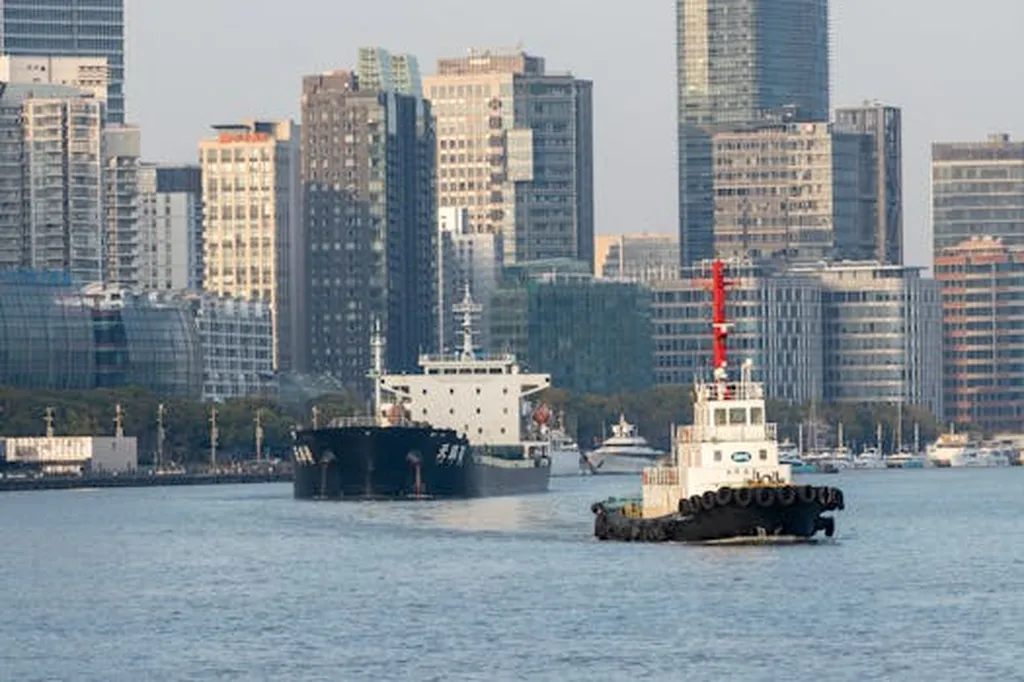In a significant stride for maritime materials science, researchers have unlocked new potential in high-entropy alloy coatings, offering promising advancements for the shipping industry. Chunxia Jiang, a researcher at Shanghai Maritime University’s Merchant Marine College, led a study that explored the effects of atmospheric plasma spraying (APS) on CoCrFeNiMo high-entropy alloy (HEA) coatings, with findings recently published in the journal ‘Nanomaterials’ (which translates to ‘Nanomaterials’ in English).
The research team discovered that by adjusting the spraying current during the APS process, they could significantly influence the microstructure, mechanical properties, and tribological behavior of the coatings. The coatings consistently maintained a composition of face-centered cubic (FCC) solid solution phases, FeCr2O4 spinel phases, and Cr-rich FCC1 phases, with nanoscale Cr oxide particles enhancing the material’s strength.
Jiang explained, “The spherical Cr oxide particles, smaller than 30 nm in diameter, dispersed within the FCC matrix, played a crucial role in bolstering the coatings’ strength.” The study found that both porosity and microhardness of the coatings followed a non-monotonic trend as the spraying current increased. Initially, the coatings improved, but further increases led to deterioration. The optimal performance was achieved at a spraying current of 500 A, yielding the lowest porosity (0.42%) and highest microhardness (569.8 HV). This condition also resulted in the best wear resistance, with stable friction coefficients and minimal wear rates.
For maritime professionals, these findings present substantial opportunities. The enhanced wear resistance and mechanical properties of these coatings can significantly extend the lifespan of ship components exposed to harsh environments, reducing maintenance costs and downtime. Moreover, the improved performance can contribute to more sustainable shipping practices by minimizing material waste and energy consumption.
Jiang highlighted the practical implications: “At 500 A spraying current, the coating achieved optimal performance, with the lowest porosity and highest microhardness, which can be game-changing for the maritime industry.” The study’s insights into the wear mechanisms triggered by low or high currents also provide valuable guidance for optimizing coating processes.
As the shipping industry continues to seek innovative solutions to enhance durability and efficiency, the advancements in CoCrFeNiMo HEA coatings offer a promising avenue for exploration. The research published in ‘Nanomaterials’ underscores the potential of high-entropy alloys in addressing the unique challenges faced by maritime applications, paving the way for more robust and sustainable shipping technologies.

